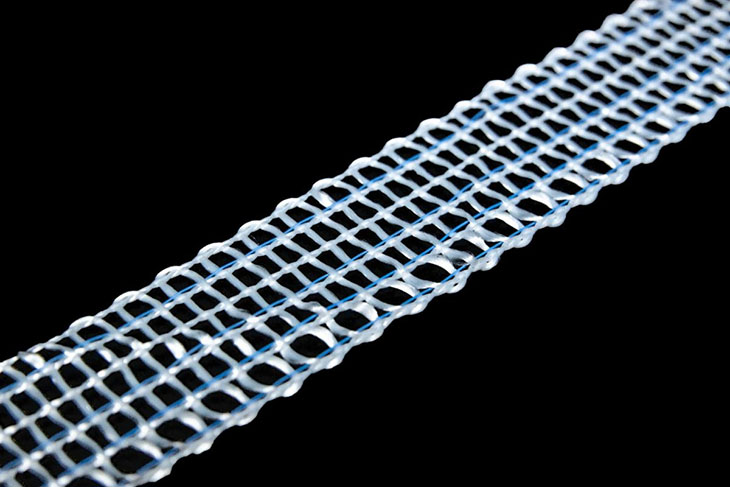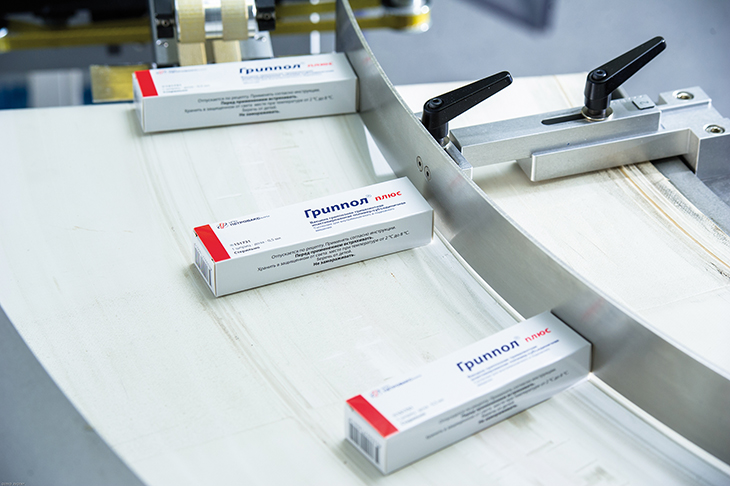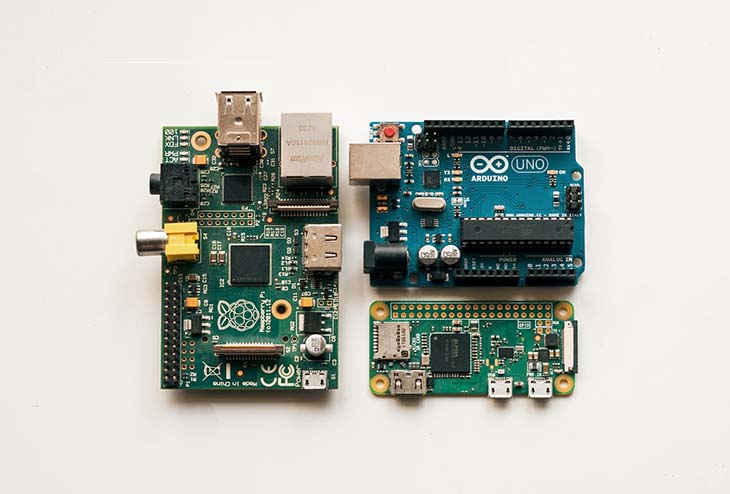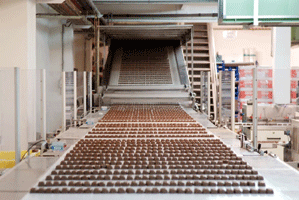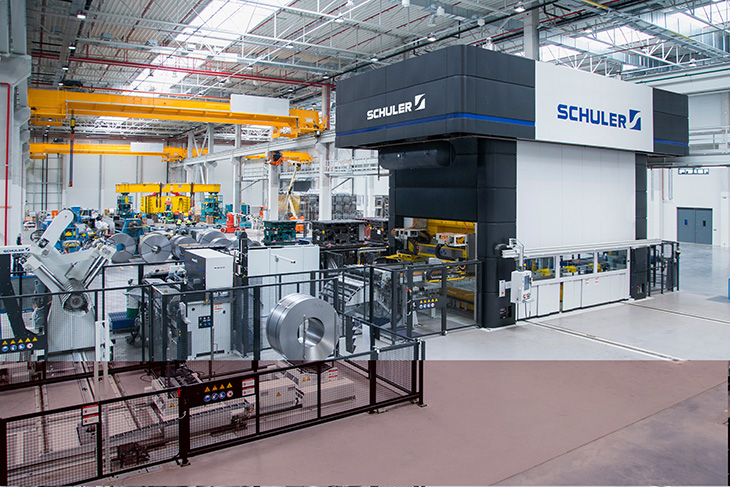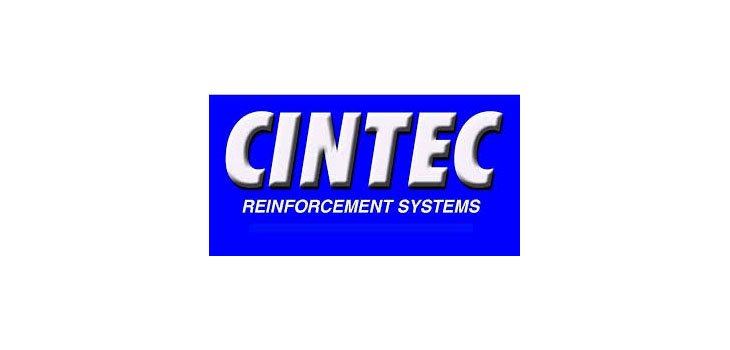Meeting the challenges preventing products from reaching commercialization
By Ted Fetterman, Bally Ribbon Mills
The promise of smart textiles – those that incorporate electronics or other actuation mechanisms into traditional fiber technology – has been widely promoted for nearly two decades, but barriers are still preventing products from reaching commercialization phase. Here we review the challenges, provide information on how to meet them, and offer a window into a few promising new applications under development.
Smart textiles basics
In recent years, the demand for smart textiles has grown exponentially. One key market is wearables, where the fabrics are used in the fashion industry and for medical and first responder applications that track and monitor health and performance. Smart textiles are also being promoted for safety applications, including seat belts, parachutes, and military equipment. Another area of interest is applications for the industrial internet of things (IIoT), where they can be used for measuring product lifecycle or improving process optimization.
Smart textiles are made of conductive fibers woven throughout a base material. They may also include digital components, such as batteries and small computer systems that create electric currents and track feedback from the textile. Examples may include changes in a flexibility property in response to blunt force; expansion in bulk after wetting; or a color change in response to a specific external trigger, like light or chemical exposure.
Smart textiles can be woven, knitted, non-woven (bonded fibers), or braided fabrics that capture and transmit data, sense and/or react to stimuli, and/or store power. Passive smart textiles are those that transmit only, like fiber optics. Active smart textiles transform or activate by emitting light, noise, heat or other reaction.
Smart textiles also have a phase-change capability, which means they can modify physical properties (shape, dimensions, and viscosity) in a specific manner in response to stimuli in the environment – like electricity, heat, magnetic fields, stress, pressure, wind, or temperature.
The birth of smart textiles can be traced to the groundbreaking work done in the late 1960s, with the advent of the astronaut’s spacesuit, which could inflate and deflate, light up, and heat and cool itself. In the mid-1990s the concept of wearable technology was introduced, ushering in an era of fabrics that capture data regarding physical performance.
Typically, smart textiles feature tape that is configured with a certain combination of external input/output device; webbing conductive element; sensor type connection/termination; and internal output device that makes a tape a smart tape.
Challenges to the commercialization process
With all the interest in smart textiles, many question why they have not already become part of daily life everywhere. The answer lies in several barriers and challenges that have prevented products from reaching commercialization. Key among these challenges are fiber development and selection; lack of commercial off the shelf (COTS) solutions; lack of industry standards; and high development costs.
Fiber development/selection
Bringing smart technology to textiles requires following the complete fiber supply change development cycle, which is a long process. Smart technologies cannot be introduced to a textile if the technology limits the textile’s basic functionality. The technology readiness level (TRL) of new fibers and the technology solutions must be high enough to offer a solution that can be commercialized at a reasonable cost.
BRM has been overcoming this challenge using a two-pronged approach. First, we use the most well-established technologies, like embedding conductive wires into textiles for conducting electricity, creating antennas, and providing induction heating elements. This is critical, because using established electrical components in the textile shortens the R&D cycle.
For example, insulated copper wire is readily available with insulative polymer coatings that protect the copper conductor from the mechanical stresses to which the wire is subjected by the weaving process. BRM has been embedding insulated copper wires into woven narrow fabrics since the 1980s. Other well-established technologies, like nickel coated wire and resistive heating wires, have been successfully integrated into textiles for many years. In short, weaving technologists already have many years of experience in combining this type of additional functionality into the textile construct for a variety of applications.
In addition, the more recent invention of reliable connectors, improved computer processing speeds and capability, and access to power improvements are helping to drive demand for new applications for embedded functionality. As these related technologies have advanced, new applications are becoming more viable.
The second element of our approach is evaluating new fiber technologies by forming informal partnerships with suppliers that often lead to development subcontracts. As experts in textile architectures and weaving, BRM frequently manufactures small product runs, using an iterative development process that helps suppliers bring up the TRL level of the technology they are promoting. BRM’s work typically focuses on ideas being developed for the Department of Defense, Department of Energy, and Department of Health and Human Services.
Need for commercial-off-the-shelf (COTS) solution to bring product to market
The high development costs required to bring a product to market means standard COTS are not readily available. The question of who pays for development is a thorny one. There is a significant gap between the developer or fabricator (who puts textile components together to create products for original equipment manufacturers (OEMs) or third-party companies) and independent companies that work with the OEMs.
For example, BRM works with many developers or fabricators that make products for OEMs producing products for law enforcement, fashion, attaché cases, and fire protection equipment. These developers or fabricators are aware of BRM’s proprietary E-WEBBINGS® e-textile product base, which serves as the foundation layer to which electronic intercommunicative technology is integrated directly. When asked by an OEM for additional smart textile technology, they frequently ask BRM to work with them to incorporate these smart textiles into new designs.
Without available COTS solutions, development can be extremely challenging because every smart textile design is specific to an application. To develop the proper solution, information is needed on how the textile is to be used, electronic specifications, mechanical connector specifications, and CPU functionality, as well as data storage, retrieval, and security requirements. Each of these elements take significant investment from all stakeholders and technology holders, including the yarn supplier, fabric weaver, computer programmers, and connector technology. None of these elements are open sourced technology – and current intellectual property (IP) protections limit shareability of ideas.
To meet the challenge, BRM has formed informal partnerships with fabricators and OEMs to develop the solution while protecting IP. After establishing clean lines of communication – and using legal documents specifically developed to build trust – BRM has gained “a seat at the table,” and been granted access to protected information.
In addition, BRM has made significant investments in new products without having an end use application – conducting benchtop analysis work with the technology supplier to provide working examples demonstrating how the technology can be applied. Spending money on R&D without having established partners is an unusual strategy for small to medium sized companies with limited budgets, but is considered an essential way of bridging the gap posed by the lack of COTS solutions.
Before embarking on projects, BRM has found it important to develop proper NDA agreements and have a clear understanding of IP considerations. BRM’s standard operating procedures now include preparation of a supply and commercialization agreement that provides a mutual contract to advance technology. We tell our customers – “BRM wants to have machines running and you want to be finishing products and selling to customers.”
Lack of industry standards
Smart textiles is a new and rapidly growing field and lacks a complete set of agreed upon standards. BRM is an active member of the IPC Textile forum, which is helping to develop these standards for conductive textiles.
For example, as a member of the IPC D-70 E-Textiles Committee, BRM engineer Joe Geiger has been making significant progress in verifying and validating conductive element properties; assessing and measuring washability; and measuring durability and wear.
“Creating a space where both industries agree on what is required in order to derive more reliable data will help push our ability to create more robust and stable products,” said Geiger. He notes that the work will help the group focus on the data that is most important to this emerging industry, while maintaining the integrity of textile products.
The committee recently held a poll in which members answered questions on washability testing and different product classes to help gain a better understanding of the members’ needs for the standard. The group presented its results and members participated in working groups to better define the parameters or classification of the products being tested.
“Having committee members that are not just in the textile field or electronics industry is starting to develop a better understanding of what is needed from both halves of the E-textiles conversation,” Geiger said. “It is pushing these standards forward for the better. The coalescing of these two fields will be more successful if there is a set of unified terminology on our subject matter.”
Development costs
The benefits of smart textiles have by and large not yet fully exceeded the costs of development for bringing this technology to the market. Commercial volumes are not yet available to help bring down costs. To overcome this challenge, BRM has been investing to bring the technology to a basic level – and then looking for stakeholders who are willing to invest further because they have a specific application.
BRM co-invests in technologies that make sense. It takes executive level commitment of all third-party stakeholders to bring the new technology to market. BRM has improved its internal communication to the executive level for support and works with the third parties to do the same. Focusing on proper project management and communication through multiple levels of the organization is helping to keep project funding flowing.
Smart textile project examples
The smart textile field is growing rapidly as companies are gradually overcoming the challenges faced. A few current examples include:
LED lights providing illumination embedded within a textile
BRM is currently working on several interior design and safety applications involving embedding LED technology within a textile – providing illumination while maintaining the tensile structure that enables the textile to perform its original purpose. The applications envisioned include providing illumination for emergency services or visual warning lights. Development work is focusing on integrating the correct connectors and power sources.
Embedded stress and strain sensor
In partnership with Luna Innovations, BRM is working on embedding LUNA’s fiber optics technology, which measures mechanical/thermal stress applied to a fiber optic monofilament. Using a laser system to measure changes in the fiber optic, the sensor extracts data to be used for lifecycle monitoring of a finished product or for manufacturing process optimization. For example, it could be used to measure data and monitor changes to predict potential catastrophic failure in critical components in the oil and gas industry.
The textiles are also currently in the testing and validation stage for use in lifecycle management of inflatable habitats being developed by NASA for use on the moon as a waypoint for the mission to Mars.
Embedded stress sensors are also being developed for the composites industry, which is using them in material to optimize the aircraft manufacturing process for the aerospace industry. In one application under development, data extraction during the manufacturing process will be used to validate the quality of structural airframe components.
Metallic coatings on standard textile fibers
Work is being done to bridge the gap between textile performance of new technology and the limiting factors of durability and degradation caused by use and wear. Several companies have successfully applied coating technology to traditional textile yarns, including nylon 6.6, polyester, and aramid: DuPont™ Kevlar®.
Current metallic coating development work is utilizing such metals as gold, silver, and nickel, especially for applications requiring more than electrical conductivity. For example, BRM is working on applications with customers interested in EMI shielding, electro-magnetic field creation, piezo-resistive capability, and data collection.
Many of these coatings are not permanent and BRM partners are developing bonding chemistries to improve their sturdiness. Some are more successful than others. Much of the development is being conducted in collaboration with suppliers and OEMs for developing additional functionality for NASA astronaut personal protective equipment, deep space structures, commercial aircraft, and industrial and wearable applications. As these technologies are further developed, tested, and fielded, we expect to learn more about balanced requirements for accommodating the textile’s useful service based on the stability of the coatings over a specified time frame and under varied but specified environmental conditions.
Anti-microbial yarns and finishes
Spurred on by the critical need to tackle the presence of the COVID virus on textile surfaces, this new application is focused on adding antimicrobial yarns and antimicrobial finishes to kill bacteria and viruses, speeding up product cleanup time. The new material would kill a virus that lands on the textile within 30 seconds, rather than minutes it typically takes now. The work is being done for several public transportation and medical applications.
Capturing the promise
Demand is growing for smart textiles that can measure and monitor health, increase productivity, and improve functionality. Now smart textile manufacturers have to move forward with the research and development that will capture the promise of these new materials.









